How the right roof tiles can improve your home
Discover the right roof tiles for your home from clay and concrete to slate and terracotta
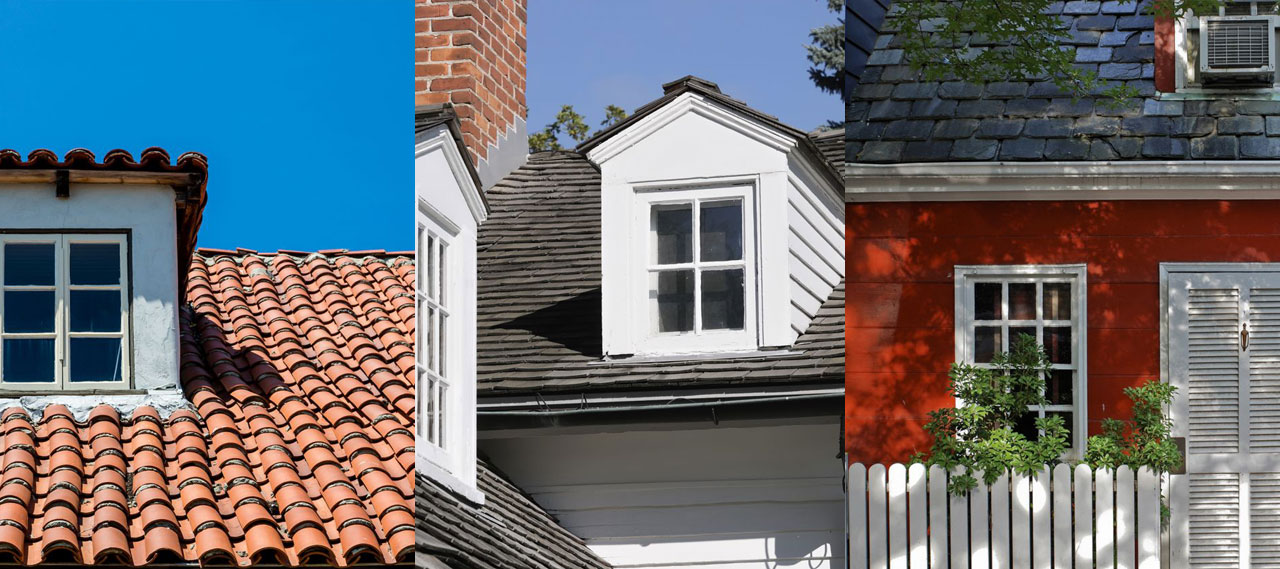

The right roof tiles can transform your home. Instantly increasing its curb appeal, a new roof will also offer better insulation and protection from moisture and drafts.
However, there are lots of different materials and styles available, with each having a different effect on your house design, for example gray slate is perfect for more modern homes while red s-shaped pantiles will invoke the classic charm of Mediterranean and Italian homes.
‘Choosing the right roofing tiles comes down to a number of things such as the pitch of the roof, roof design, planning constraints, location of the development and budget,’ says Mark Purvis, director at Burton Roofing. House styles also play a significant role, helping you to limit down the broad offering to find the right fit for your home.
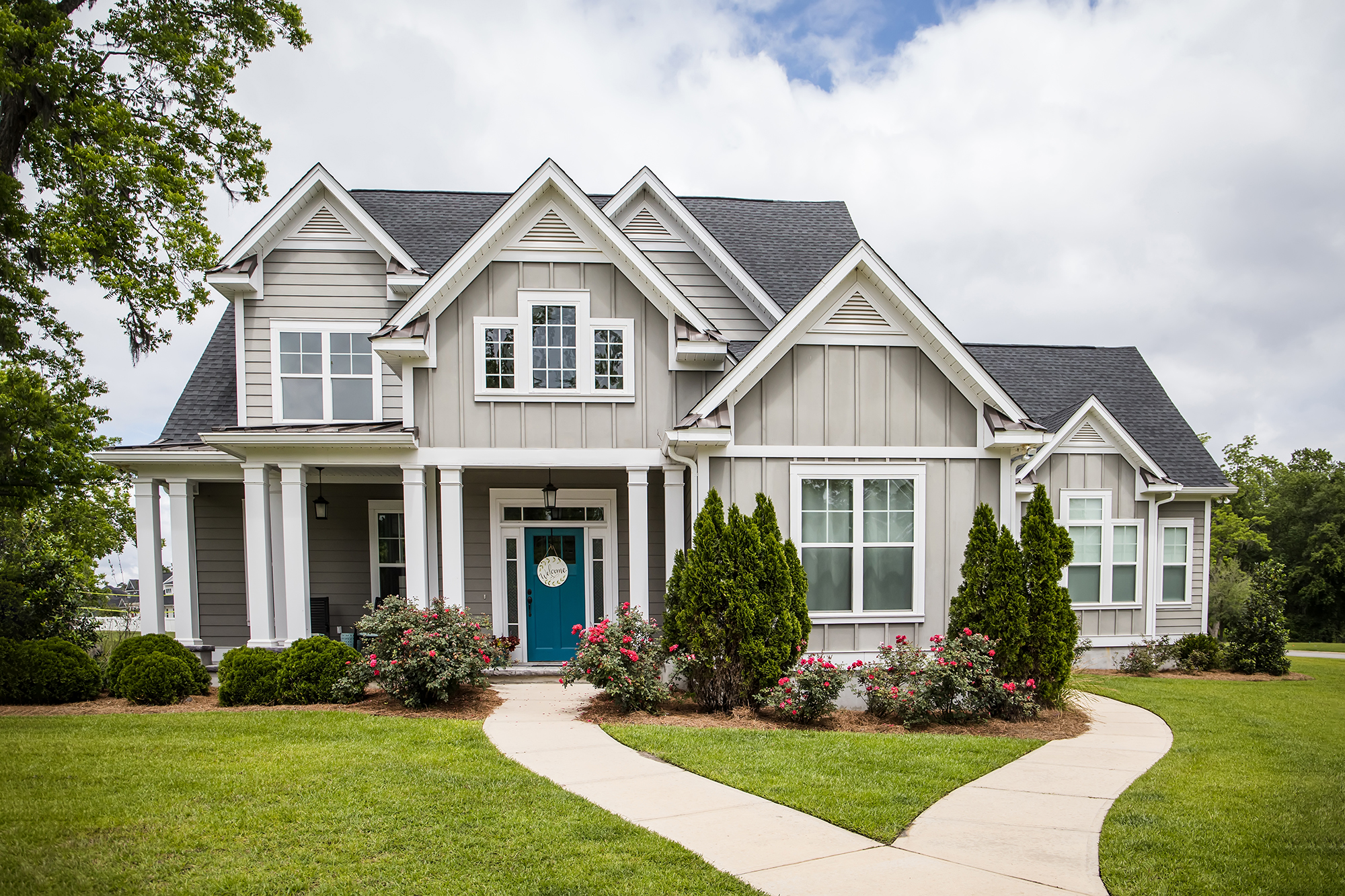
Roof tiles advice for updating your home
While it might not seem as glamorous as living room wall ideas, bedroom furniture ideas or kitchen styles, roof tiles are one of the most important elements of your home. Offering protection from the weather and providing insulation, they also help your home to have a ‘cared for’ appearance. While no one will notice your roof tiles in their own right, they play a huge part in the overall appearance of your home.
'Roof coverings are designed to keep the rain out and offer lifelong durability. They can come in many different shapes, styles and colors, often constructed from local, natural and recyclable materials known today as clay tiles, concrete tiles and slates,' explains Mark Purvis.
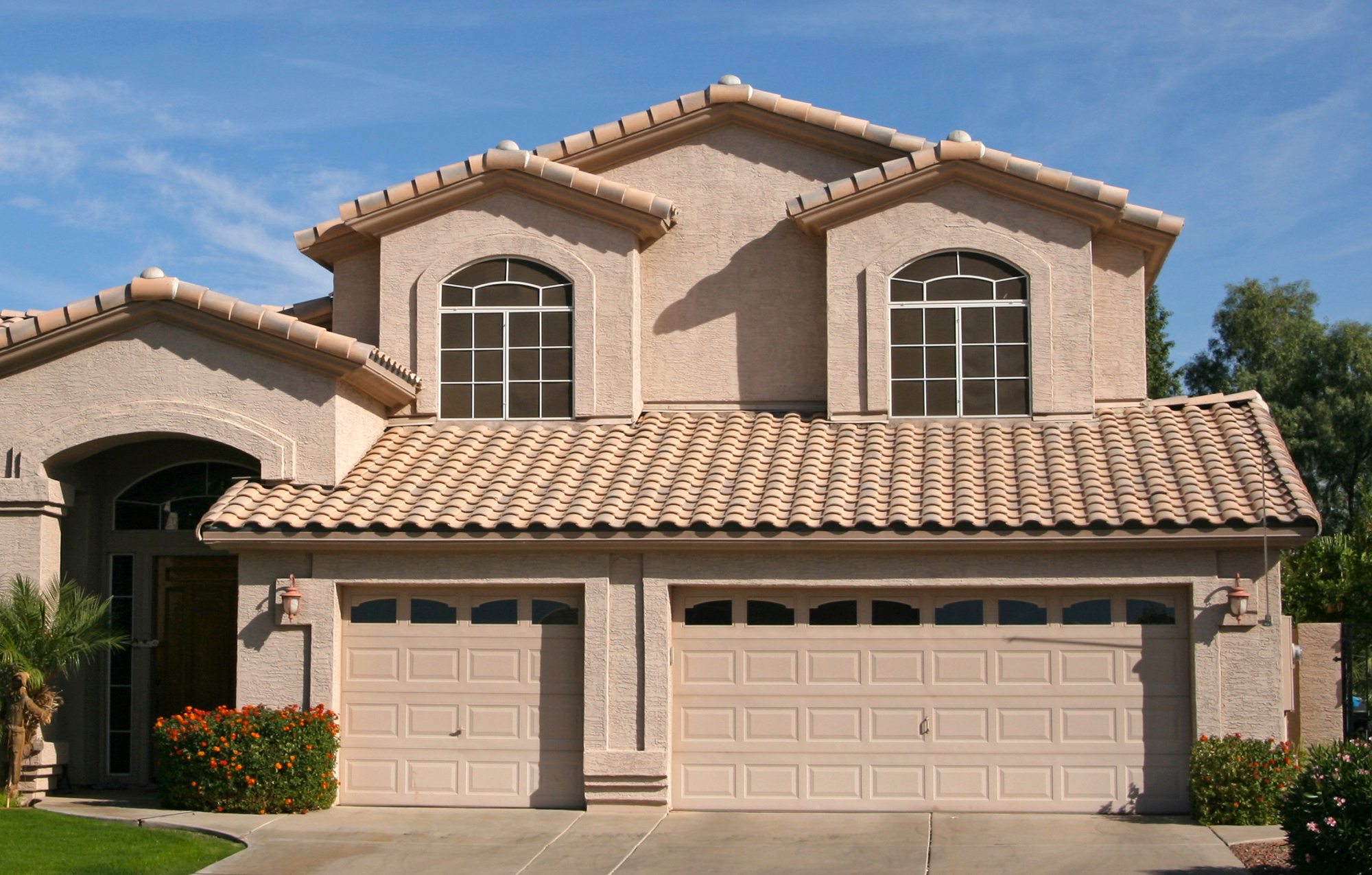
How much do roof tiles cost?
As a whole, the price of roof tiles is variable. According to experts at Modernize, the most affordable option is concrete tiles, costing between $3 to $5 per square foot. The most expensive are slate tiles, which are priced from $9 to $16 per square foot and command high labor costs too. In contrast, the endlessly popular clay tiles are priced $10 to $18 per square foot. There are ways to bring down the cost by shopping around or importing Spanish slate. Other costs such as scaffolding and dumpster rental will also be required. Asphalt tiles will be cheaper to lay, however due to their reduced longevity (only 15 years), they will prove more expensive in the long run.

How to choose the right roof tiles
‘Clay tiles have a fairly low water absorption of about six percent. Tiles with a higher absorption rate (like concrete - about 12 percent) means that when they are wet, they are heavier–adding more weight to a roof's structure, which also has to be taken into account when designing the roof support structure,’ says Tomasz Solnica, managing director at Tudor Tiles. ‘Clay roof tiles can maintain their original color for many years, even with exposure to various weather conditions.’
Aesthetics will also play a part, each materials will come in a wide variety of colors and profiles – the right choice will depend on your home and your neighborhood, some areas will be prescriptive while others will be more lenient.
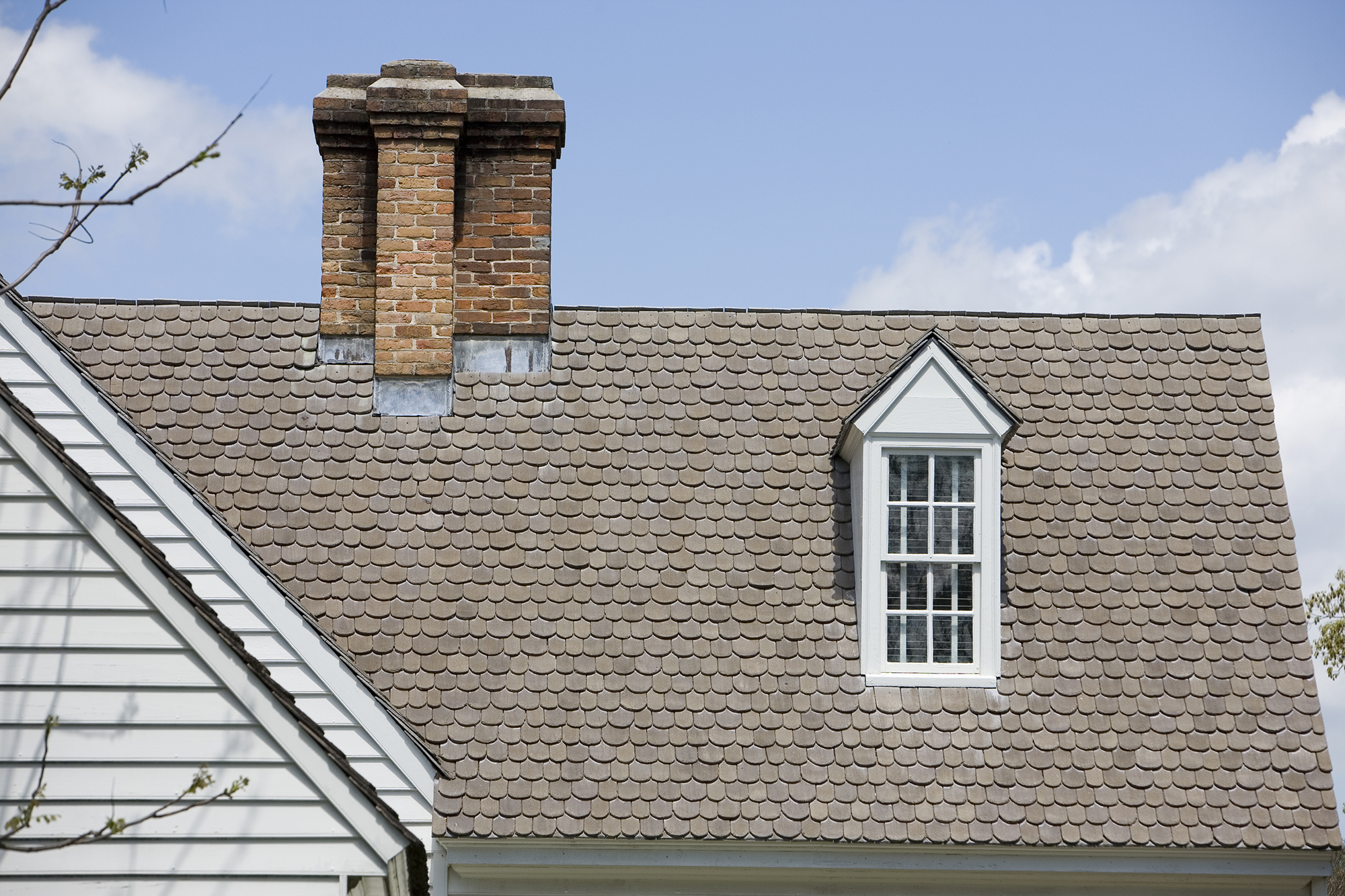
Style and construction
Tiles can be machine-made, handmade or handcrafted. Machine-made concrete tiles are the most affordable option with great longevity, though they are also available as clay. It is also easy to replace loose or broken pieces with an identical piece. There are also a range of styles from classic new red and black through to artificially reclaimed or weathered-effect tiles.
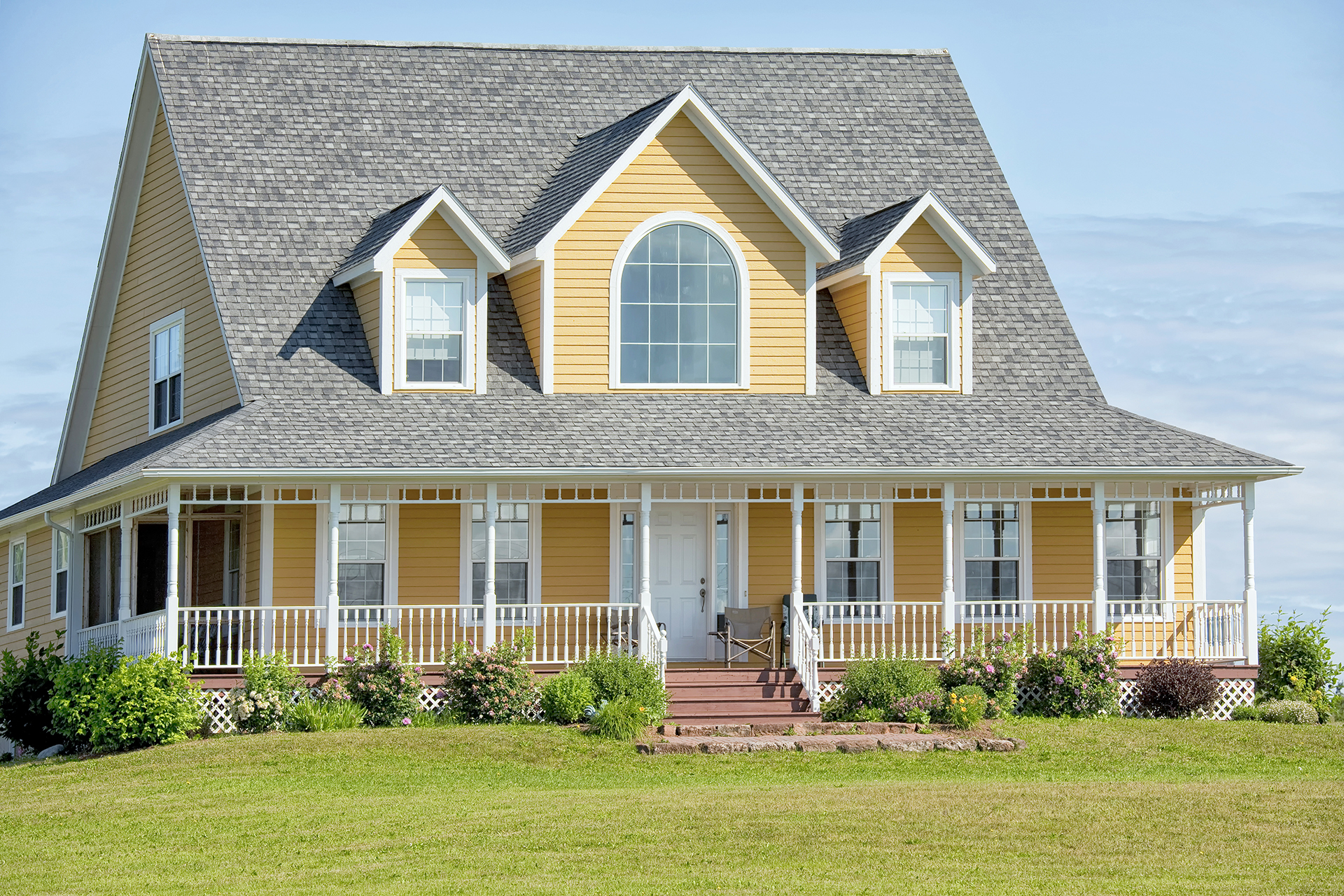
The other options are handmade or handcrafted tiles, which are subtly different from each other. ‘Handmade tiles are hand molded and fittings are cut individually from the lump. Sand is then applied to the tile face giving each tile a variable coloring. Each specific tile is as unique as the hands that make them. This traditional process, combined with specially developed firing techniques, imparts an individual character,’ explains Tomasz Solnica. ‘Handcrafted tiles are made using the machine, but designed to simulate the appearance of a handmade product. They are finished by hand for an artificially aged appearance.’

Other options include the larger S-shaped pantiles, Roman tiles and Interlocking tiles. ‘The beauty of a pantile-covered roof is that it weighs just two-thirds of a plain-tiled one, and can be laid to a lower pitch. Pantiles are side-lapping and the ends overlap only tiles in the course immediately below, unlike plain tiles which lap two courses,’ says Douglas Kent, technical and research director at the Society for the Protection of Ancient Buildings.
Roman tiles on the other hand, ‘have a flat shape with one or two raised rolls, and are often seen in Mediterranean countries, especially in Italy,’ adds Douglas.
Interlocking tiles are one of the most cost effective roof coverings. Providing a modern, sleek look they are proving popular with new-builds and extensions.
Consider your roof pitch
Roof pitch is also an essential consideration, the minimum pitch differs between styles and designs of tile so always check the details of the tile you wish to purchase. As a general rule, machine-made tiles can be installed on roofs of 35°, but handmade tiles require a minimum of 40°.
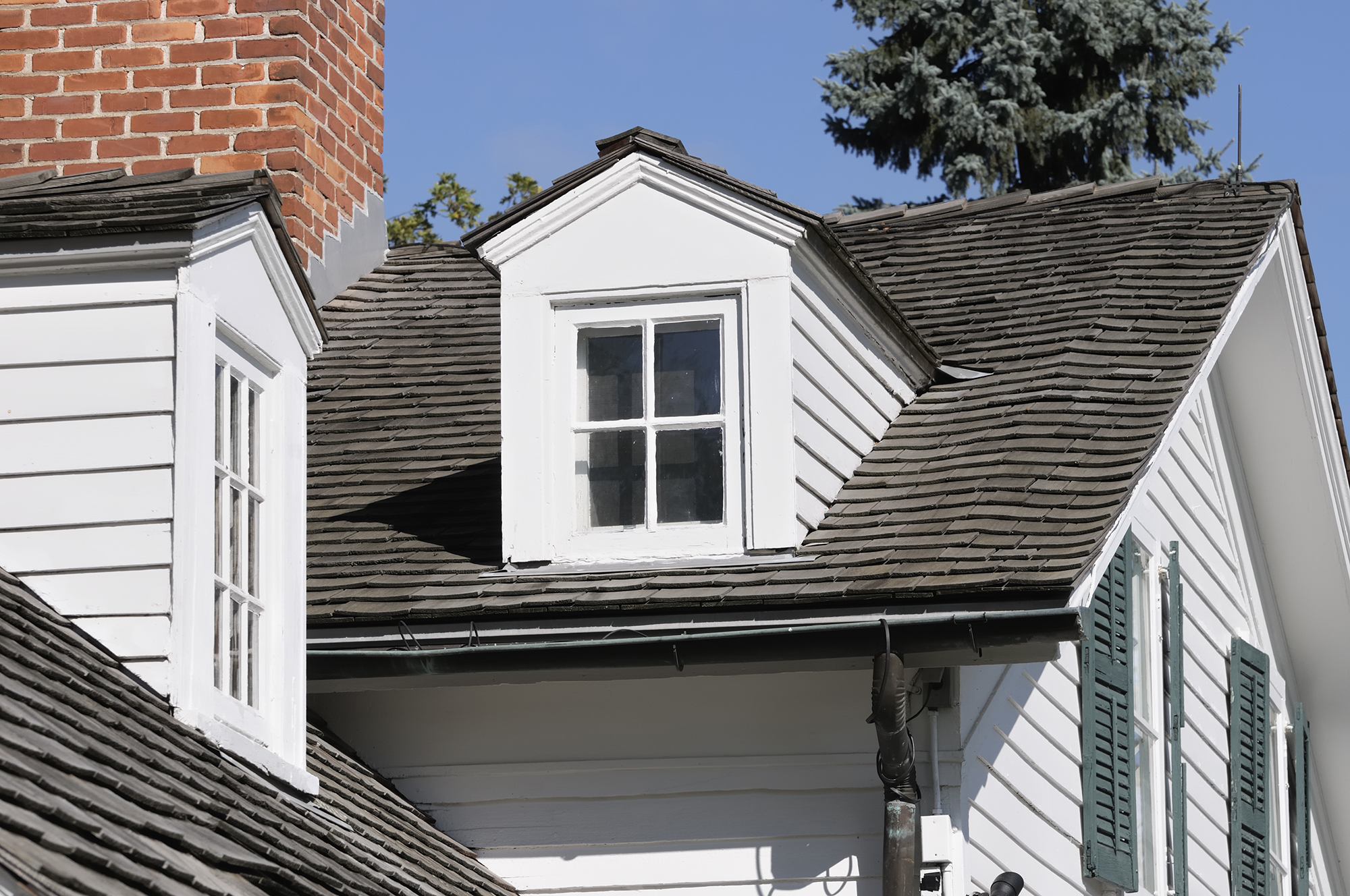
How often does a roof need replacing?
On average a roof will need replacing every 60 years. However, the lifespan of roof tiles varies depending on the material of the tiles. For example, slate can last up to 200 years if cared for correctly, while clay and concrete are expected to last between 30 and 60 years. Avoid asphalt tiles as these only have a lifespan of around 15 years.
How do you maintain a tile roof?
‘Roofs should be checked regularly, especially after storms. Binoculars are a useful aid when doing external checks, and further examination may be possible from rooflights or dormer windows,’ says Roger Hunt, author of Old House Handbook. ‘Roofs should be repaired promptly by an experienced roofer. Never use quick fixes, such as spray foams or liquid waterproofing; they may trap moisture, hinder repairs and are likely to prevent the future reuse of materials.’
‘Whether you should repair as opposed to re-tile your roof depends on the extent of deterioration. Consideration should usually be given to re-tiling when repairs are no longer cost effective. This is typically after one-fifth of the tiles have been reinstated,’ adds Douglas Kent.
Sign up to the Homes & Gardens newsletter
Design expertise in your inbox – from inspiring decorating ideas and beautiful celebrity homes to practical gardening advice and shopping round-ups.

Having graduated with a first class degree in English Literature, Holly started her career as a features writer and sub-editor at Period Living magazine, Homes & Gardens' sister title. Working on Period Living brought with it insight into the complexities of owning and caring for period homes, from interior decorating through to choosing the right windows and the challenges of extending. This has led to a passion for traditional interiors, particularly the country-look. Writing for the Homes & Gardens website as a content editor, alongside regular features for Period Living and Country Homes & Interiors magazines, has enabled her to broaden her writing to incorporate her interests in gardening, wildlife and nature.
-
 Martha Stewart's intelligent cabinets 'take every inch into consideration' – their 'visually light' style will solve your small kitchen storage problems
Martha Stewart's intelligent cabinets 'take every inch into consideration' – their 'visually light' style will solve your small kitchen storage problems'Every kitchen can be beautiful and functional, no matter what the size': 9 years since sharing her clever storage, Martha's cabinets are just as beautiful
By Megan Slack
-
 This once-dated kitchen is now a timeless space with the coziest details – and its the classic color palette that's made it a chic, welcoming space
This once-dated kitchen is now a timeless space with the coziest details – and its the classic color palette that's made it a chic, welcoming spaceWarming colors and natural materials combine to create this enduringly classic kitchen scheme
By Molly Malsom